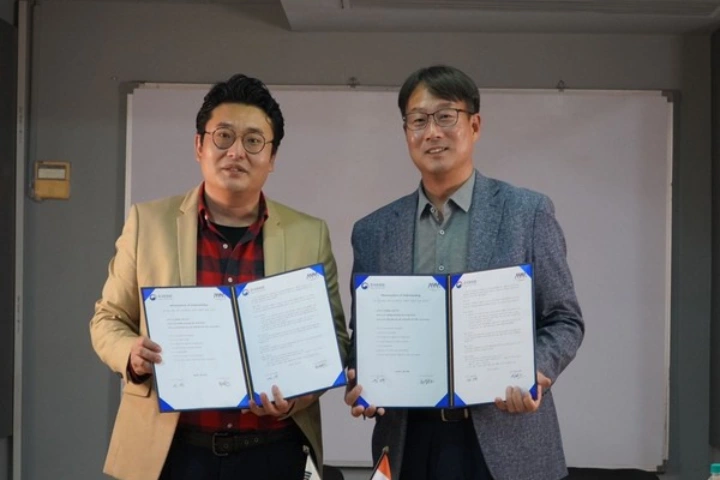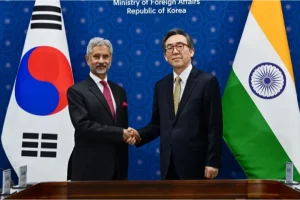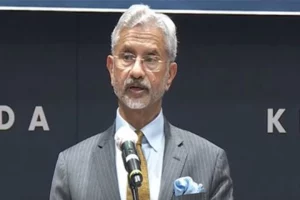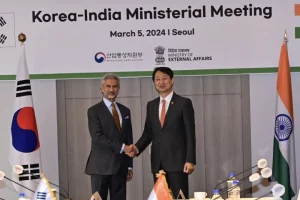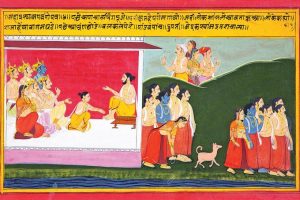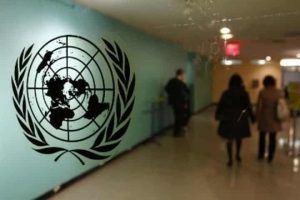Taking another step to strengthen the cultural ties between India and Korea, a memorandum of understanding between the Korean Cultural Centre India (KCCI) and the Asian Arts Management Association (AAMA) for cultural and artistic exchanges was signed earlier this week.
The MOU signed between the two countries will primarily focus on future-oriented friendly cooperation related to arts and culture that will recognise the need for shared growth through cultural and artistic exchanges between Korea and India.
In recent years, India’s cultural landscape has swept Korean audience with Yoga, Indian food, local festivals that has been gaining popularity in Korea and Indian culture has been accepted in Korea, says Park Chul-hee CEO of Asian Arts Management Association (AAMA) while speaking with ANI here. Speaking about the role of art and culture in both countries, Park said that it has played a key role as ‘lubricating oil’ in building the relationship.
‘Indian culture has been introduced and accepted in Korea as richful and deep spiritual one. No need to mention about Yoga, but other Indian culture and its contents like food, local festivals, group dance, famous tourism sites have increased its interest and popularity in Korea’, said Park.
‘Not just 50 years, Korea and India has built up the relation for much longer time. And art & culture has played key role as lubricating oil at the form of hardware like politics, diplomacy in the relations between two countries’, he added.
Through this agreement signed, the two organizations will carry out various programme to build a cultural and artistic network between Korea and India through various contents and platforms such as Korea-India Contemporary Art Exchange Exhibition, Asia Art Forum, Asia Biennale, Korea-India Art Residency Exchange Program, and Korea Special Exhibition in India Art Fair.
Asian Arts Management Association has been conducting an exchange exhibition titled “Jeju, Drawing Asia” of representative Asian artists on Jeju Island in Korea since 2017. It has also successfully held a contemporary art exhibition [Jeju, Focusing on Asia] for the 30th anniversary of the establishment of diplomatic relations between Korea and China in 2022. These achievements are evaluated as Korea has laid the foundation for serving as a hub for Asian culture and arts.
Speaking further about India’s diversified culture, Park said that he is amazed by the the cultural diversity and is keen on exploring this vast market.
“I came to India in 2008 for visiting ‘2nd India Art Fair’ as a first time and from 5 years ago, I have visited India 2 to 3 times in a year for curating and designing “Jeju, Drawing Asia” exhibition with Indian artists. During the visiting, I have visited 4 to 5 different cities in India and met Indian artists even visiting their own art studios. I have visited Indian every month from the December of last year, 2023 till now. Every time I come to India, I feel that there are so many different cultures in India, but I feel that the power of art is to bring this diversity together. I use each visit as an opportunity to learn about India’, said Park.
He further went on to say that since India has a strong tradition and diverse traditional content, there is a high possibility that it can stand out in the global art market.
‘It is true that there is a lot of interest in media in Korea due to the development of media technologies, but abstract painting in the form of traditional Korean monochrome painting (Ink painting) was popular in Korea, and this eventually became widely known around the world’, said Park.
‘Since these works are based on tradition in terms of subject, form, content and theme, India also has a strong tradition and has diverse traditional content, so I think there is a high possibility that India can stand out in the global art market’, he added.






